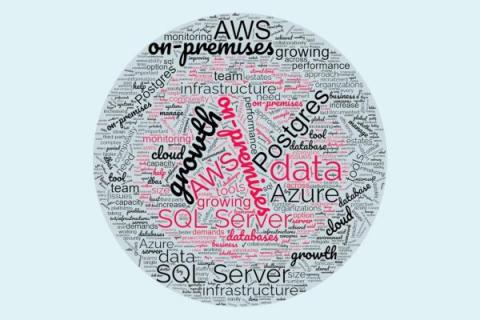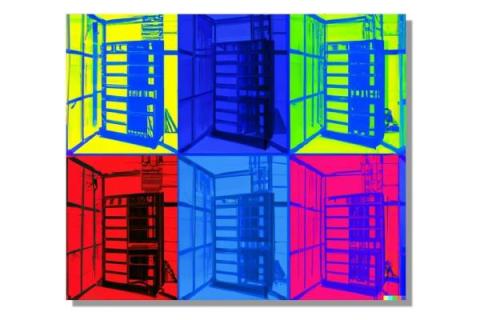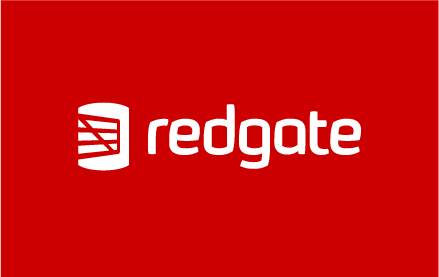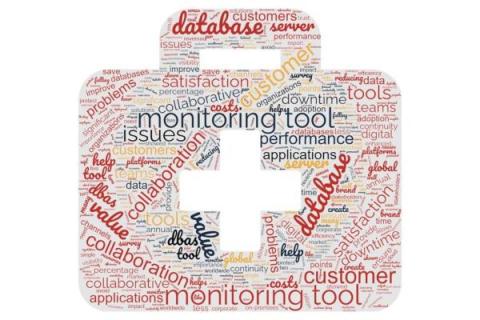What is the SPACE developer productivity framework?
The SPACE framework is an acronym for an approach to measuring, understanding, and optimizing engineering productivity. Outlined by researchers from GitHub, Microsoft, and the University of Victoria, it encourages leaders to look at productivity holistically, placing leading metrics in context with each other and linking them to output, often team goals, rather than individual effort. The SPACE framework breaks productivity into five metrics.






